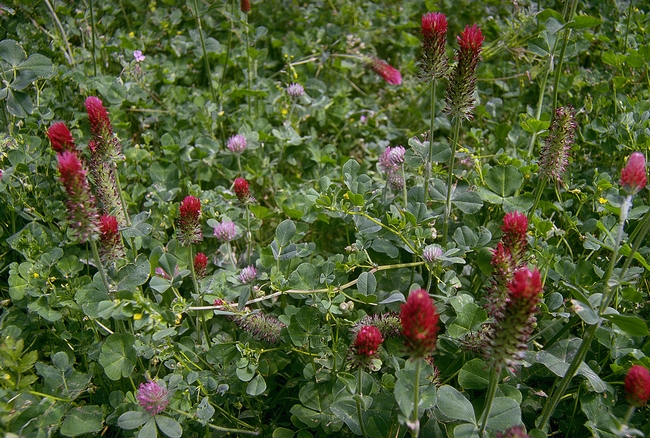Cover Crops
by Andrea Peck Master Gardener
If you’ve been keeping up on your fall chores, your garden has been raked and trimmed. The last of your tomato plants have been plucked. Your compost bin is full of summer detritus and even the minutest of pest hiding spots are done away with. Your garden beds are clean as a whistle while they lay idle for spring.
Suddenly, the garden appears a bit sterile and well, clean.
But, there is a solution: Cover crops. Like a good renter, cover crops use your bed for a short time and actually improve the plot while they’re there. Cover crops to sow during autumn include berseem clover, rose clover, crimsom clover, fieldpeas, sweet clover, vetch and cereal grasses such as, barley, oat, rye and wheat.
While you are renting your beds out, you can expect a number of benefits. Cover crops increase water permeability and nutrient holding capacity by creating looser, more porous soil. They compete with weeds, thereby lessening their hold, while reducing soil borne diseases. Great for erosion and dust control, and reduction of muddy areas, cover crops attract beneficial insects and nematode worms. Legume cover crops provide nitrogen to the soil as an extra perk. All that and they provide a bit of life during the darker winter months.
By the time spring arrives, your beds will be far from empty. From here, you can do one of two things: you can till your crop into the soil and wait a few weeks for decomposition to take place. Keep in mind, planting is not recommended at this time because a temporary shortage of nitrogen will occur during the decomposition process. Alternatively, you can cut and pull out your renters and deposit them into the compost bin for later use. With this method, you can plant away.
